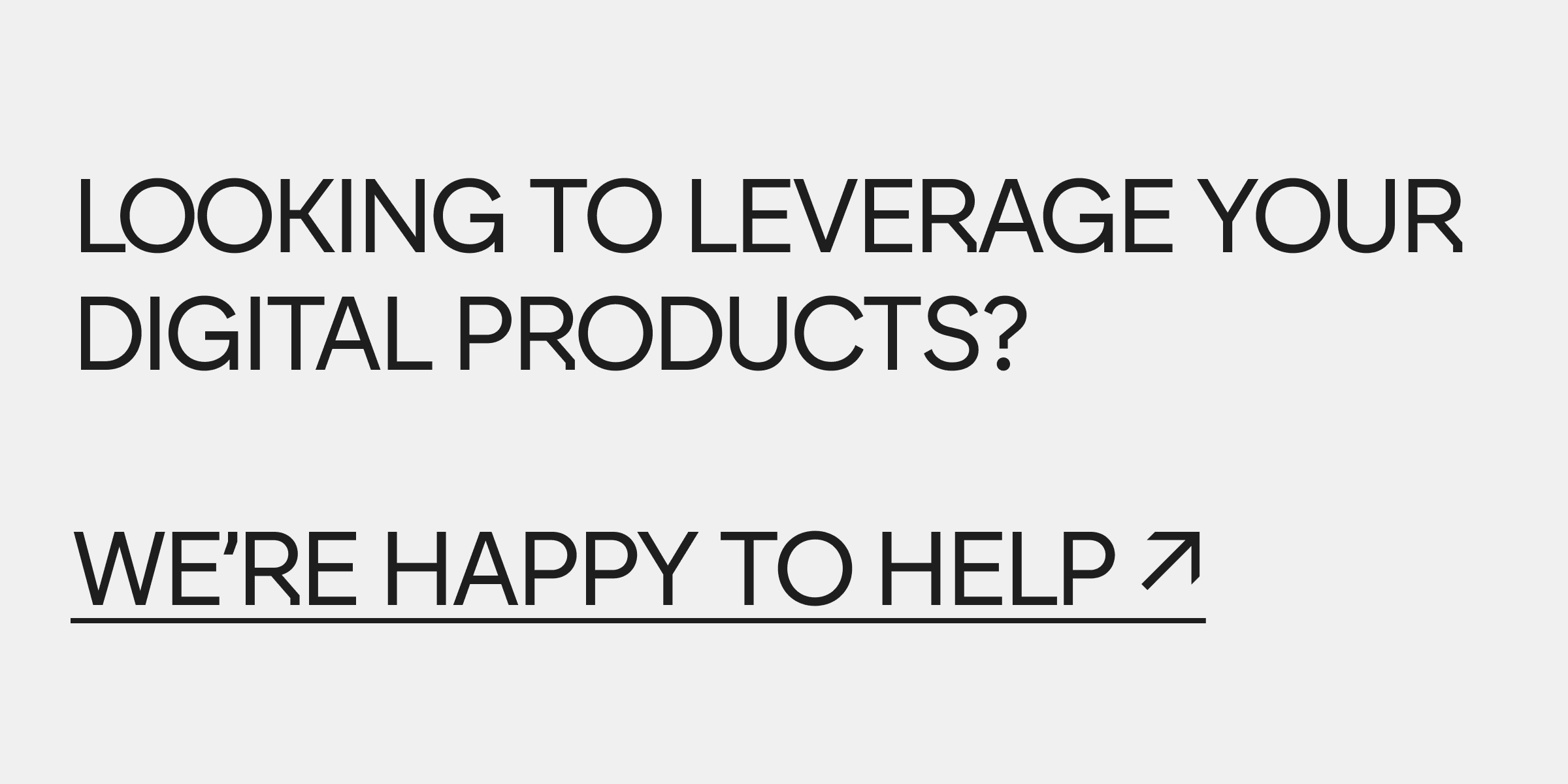Back when the internet was young, it took a lot of esoteric coding knowledge to build even the simplest website. This high barrier to entry, wrote the Daily Mail writer James Chapman in 2000, probably meant that the internet was likely “just a passing fad.” Well, the early internet sure attracted some doozy predictions.
Fast forward two decades and building websites is so easy that children can do it - and they often do so. The incredible options that we can use to build our own online space range from setting up a basic Facebook profile to starting intricate ecommerce stores and everything in between.
When it comes to e-commerce in particular, the most common website types that online business owners go for are either based on the WordPress platform or the more recent Shopify platform. WordPress is a free and open-source platform that is used in about 43% of all websites, or in a whopping 455 million sites. Shopify is a little more niche, as it is primarily used for strictly e-commerce sites. But it is still a popular platform used in 175 countries and on more than 4 million sites.
Both have significantly lowered the barrier to entry for amateur website builders, and both can work great for e-commerce businesses.
Choosing the best ecommerce platform for your online store is a crucial decision that can significantly impact the success of your business. With so many options available, it can be overwhelming to decide which platform is right for you. Here are some key factors to consider when making your choice:
- Features: Evaluate the features each platform offers. Do you need advanced product management, multiple payment gateways, or robust shipping options? Make sure the platform you choose can meet your specific needs.
- Pricing: Consider your budget. While some platforms may have a lower initial cost, they might require additional expenses for plugins, themes, or transaction fees. Compare the overall cost of ownership for each platform.
- Ease of Use: If you’re not tech-savvy, you’ll want a platform that’s easy to set up and manage. Look for user-friendly interfaces and comprehensive support resources.
- Customization Options: Depending on your business, you might need a highly customizable platform. Check if the platform allows you to modify themes, add custom code, or integrate with third-party services.
By carefully considering these factors, you can make an informed decision and choose the best ecommerce platform for your online store.
Overview of Shopify and WooCommerce
Shopify and WooCommerce are two of the most popular ecommerce platforms available today, each offering a range of features and tools to help you create and manage a successful online store.
Shopify
Shopify is a dedicated ecommerce platform designed to make it easy for anyone to create a fully functional ecommerce store. With Shopify, you get a comprehensive suite of tools, including product management, order management, payment gateways, and shipping options. Shopify’s app store offers a wide range of customizable themes and templates, allowing you to create a unique and professional-looking store. As a hosted solution, Shopify handles all the technical aspects, so you can focus on running your business.
WooCommerce
WooCommerce, on the other hand, is a powerful WordPress plugin that transforms your WordPress site into a fully functional ecommerce store. WooCommerce is highly customizable and scalable, making it a great choice for businesses that already have a WordPress site. It offers a range of features, including product management, order management, payment gateways, and shipping options. WooCommerce integrates seamlessly with your WordPress site, allowing you to leverage the flexibility and power of the WordPress ecosystem.
Both platforms have their strengths and can be excellent choices depending on your specific needs and goals.
Fretting about which platform you should go with, and how much you should spend on it, is usually reserved for small and medium-sized companies. Large corporations have big budgets, which means that they can hire teams of developers and have them build a bespoke website from the ground up. Smaller business owners don’t have that luxury and have to choose between WordPress and Shopify.

WooCommerce: Versatility and Flexibility
Let’s start with WordPress. Its biggest advantage is versatility. Due to its popularity, people from all over the globe have written thousands of plugins that WordPress supports.
Many WordPress sites incorporate some version of an e-commerce plugin called WooCommerce. It’s mainly used by companies that don’t consider themselves to be online-first stores and perhaps see an online store as a secondary sales channel. Selecting a reliable hosting provider for WooCommerce is crucial, as it ensures adequate resources like SSL certificates and security features for a successful online store.
It should come as no surprise. Many businesses out there don’t do retail. They don’t sell any physical products, so they rarely need an e-commerce functionality on their website. Think of accountants, lawyers, tow-truck drivers, or fish tank cleaners. If those companies do interact directly with customers, it’s usually through direct messaging or emails. These functionalities can easily be tacked onto an existing WordPress website using plugins.
Shopify: Built for E-commerce
On the other hand, Shopify was designed specifically for companies and individuals that are all about e-commerce.
One of Shopify’s core features is a dashboard into which a store owner can input their entire shop inventory. As a result, they can display their wares or services to customers clearly and seamlessly. Aside from that, most payment service providers can integrate with Shopify, which means that customers can quickly get to the checkout after they find what they want and pay for it in a matter of seconds. Shopify Payments, the integrated payment processing solution, allows businesses to handle transactions directly through the Shopify platform, offering ease of use and competitive transaction fees.
The core idea behind Shopify is that anyone should be able to create an e-commerce store without having any design or technical skills. Because of that, Shopify is a hosted solution. In other words, everything a person needs to build and manage an online store can be set up in a matter of minutes.
Shopify is also a great solution for bigger retailers. Higher-level plans offer plenty of functionalities that they can take advantage of. And with new features being added each week, the platform will only keep on getting better for brick-and-mortar retail businesses looking to find the easiest way to enter the e-commerce world.
When comparing Shopify vs WooCommerce, it’s essential to consider factors like cost, ease of use, integrations, and scalability to determine which platform best suits your needs.
Unlike Shopify, which has fixed features for each pricing plan, WooCommerce offers greater customization flexibility, allowing users to add or remove plugins and modify functionalities easily.
Key Features and Comparisons
When comparing Shopify and WooCommerce, it’s essential to look at their key features, pricing, ease of use, customization options, and integrations.
Pricing
Shopify: Offers a range of pricing plans starting at $29 per month. While the basic plan includes essential features, higher-tier plans offer advanced functionalities. However, Shopify’s pricing can be more expensive, especially for larger stores.
WooCommerce: As a free plugin, WooCommerce can be installed on your WordPress site at no cost. However, you may need to invest in premium themes, plugins, and hosting, which can add to the overall cost.
Ease of Use
Shopify: Known for its user-friendly interface, Shopify makes it easy to set up and manage your store without technical expertise. The platform handles hosting, security, and updates, allowing you to focus on your business.
WooCommerce: While WooCommerce offers a user-friendly interface, it requires more technical knowledge, especially for larger stores. You’ll need to manage hosting, security, and updates yourself or hire a developer.

Customization Options
Shopify: Offers a range of customizable themes and templates, but customization options can be limited compared to WooCommerce. Shopify’s app store provides additional functionalities, but some may come at an extra cost.
WooCommerce: Highly customizable, WooCommerce allows you to modify themes, add custom code, and integrate with a wide range of plugins. This flexibility makes it a great choice for businesses with specific customization needs.
By comparing these key features, you can determine which platform aligns best with your business requirements.
How Much Will It Cost Me?
So, depending on the size of a company’s budget, is it cheaper to go with WordPress or with Shopify? The short answer is that it depends.
Before you get to work, create a list of what you need your future online store to have. Then, figure out which platform will allow you to gain access to these functionalities at the lowest cost possible.
Although WordPress is a free platform, it doesn’t mean that building an effective online store with it will be cheap. Everything takes time, and time is valuable. Even if your in-house team is going to try their hand at constructing an online store themselves, they will inevitably end up spending less time on their core, revenue-producing activities.
But hiring a skilled developer to create a WooCommerce site will also cost money. At the low end, a basic WordPress site costs between $500 to $3000 to build. Depending on what the site is supposed to do, a more complicated build might cost you up to $30000.
Read also: 10 E-Commerce Mistakes That Are Killing Your Conversion Rate
The next thing you will have to pay for with pretty much any website platform is hosting. In general, hosting shouldn’t cost you more than $40 per month. For WooCommerce, selecting a reliable web hosting provider is crucial as it allows for customization and optimization based on individual needs.
What about Shopify? The basic build cost for a Shopify store ranges from $500 to $1200. A Shopify Plus account, which includes additional resources that are designed to help support merchants with higher revenue and sales, costs $2000 per month. Add to this the cost of many other features, such as special site templates, and the costs of a Shopify platform will quickly rise to match a WordPress build.

Selling a physical product at a large scale? You will likely benefit from using Shopify. Our critically acclaimed project for Genki Instruments was a custom e-commerce headless website that was built on Shopify.
Both Shopify and WooCommerce offer a range of integrations and marketing tools to help you grow your online store.
Shopify
Integrations: Shopify integrates with numerous third-party apps and services, including payment gateways like PayPal and Stripe, shipping providers like USPS and UPS, and marketing tools like Mailchimp and Facebook Ads.
Marketing Tools: Shopify offers built-in marketing tools, including email marketing, social media integration, and SEO features. These tools help you reach a wider audience and drive more traffic to your store.
WooCommerce
Integrations: WooCommerce also integrates with a variety of third-party apps and services, including payment gateways, shipping providers, and marketing tools. However, some integrations may require additional plugins or custom development.
Marketing Tools: WooCommerce offers built-in marketing tools, including email marketing, social media integration, and SEO features. While WooCommerce’s integrations can be more limited than Shopify, it provides a robust set of tools to help you market your store effectively.
By leveraging these integrations and marketing tools, you can enhance your store’s functionality and reach a broader audience, ultimately driving more sales and growth for your online business.

Plugins and Templates Alone Aren’t Enough
Overall, both Shopify and WordPress have their limitations and advantages. For example, common themes might be duplicated across many sites. As a result, your site might not be able to stand out from competition. Also, they can only use a select number of components that are available in a given website theme, which leaves little to no room for customization.
The WooCommerce plugin, however, offers extensive customization options that can transform a standard WordPress site into a fully functional online store. It requires manual setup and management, but its versatility makes it a powerful ecommerce tool.
We used WordPress to create this diverse and eye-catching website together with Cavai, a conversational advertising leader.
Need an Online Store? We Can Help!
Adchitects is a web design agency that has already worked on a wide range of online stores. What's more, we have plenty of experience with both WordPress and Shopify. So, if you're planning on launching an online store and don't know where to start, get in touch with us today! We will do our best to provide you with a top-quality online store both on-time and on-budget.








